On Tuesday, February 20, 1969—the winter before the Stonewall uprising—UW-Madison’s The Daily Cardinal carried a story: “Homophile League Issues Demands.” The piece was an announcement, an early call to colors by Madison’s gay people, that included nine demands. Among them was, “The French Department must be recognized as an official branch of the league.” One might like to know, why?
Though perhaps not as widely known as it would become later, the department was a hotbed of scholarly research on homosexuality. For now, I want to focus on just two examples, though there were others like Jacob Stockinger who published in the 1978 groundbreaking Gay Academic on “Homotexuality: A Proposal.”
The first was lesbian professor Elaine Marks. She would publish Homosexualities and French Literature in 1979, which she co-wrote with George Stambolian. While a graduate student in French literature, he had been persecuted during the 1962 purge at UW-Madison. He went on to study at the Sorbonne in Paris and taught French at Wellesley College.
In the book’s introduction, they stated, “France has not only produced a great number of writers who discuss homosexuality, she has produced a remarkable number of writers whose works have encouraged, and at times forced, readers, critics, and above all, successive generations of younger writers to devote attention to it.” Thus, it would appear that a major academic department of French like Wisconsin’s could not help but work to dispel heterosexually dominant ignorance and force attention to homosexuality.
The introduction also asserted that, “The French possess a strong tradition of writing on homosexuality which since the late eighteenth century has nurtured its own growth.” The authors praised the lucidity with which “French writers have repeatedly elaborated, through explicit narrative and critical commentary, on various aspects of homosexual experience.” They believed, “Because it perpetually questions the social order and is always in question itself, homosexuality is other.”
Marks and Stambolian felt the focus of their book was language about homosexuality. The authors admitted if they had written it 20 years before, and if they could have then gotten it published, their title would not have been the plural “homosexualities” but a singular “homosexuality.” But by the late 1970s the topic had been expanding and opinions were too diverse. The use of the plural invited readers “to rethink differences, as well as to think in terms of difference.”
Women writing about women
Marks’ own essay in the book was “Lesbian Intertexuality.” Intertexuality is a literary device where the shaping of one text and its meaning is expanded through use of references to other texts. Marks explored how French texts on lesbian portrayals used cross references and allusions to deepen presentations on homosexuality, among them the Sappho model. Earlier writings had often been by men who portrayed lesbians as the outlaw, but transformation occurred “when women begin to write about women loving women.” This permitted the lesbian to no longer be seen “from an outside point of view. She is her own heroine.”
Marks describes Colette as a foremother in writing how a woman could write about another woman, “as an object of pleasure and without any excuses describe her pleasure.” She observed Colette “with and against Marcel Proust.” And that his publication of Remembrances of Time Past “encouraged her both to deal directly with homosexuality, male and female, and to present images of female homosexuality different from Proust’s febrile Gomorrah.”
Knowing how much homosexuality was repressed, Marks also wrote, “Space must be allotted for rumor.” She credits Monique Wittig’s writings with using “images sufficiently blatant to withstand reabsorption into male literary culture.” Here was true lesbian feminism. As one of the founders of women’s studies on the Madison campus she would help give the program an inclusive lesbian perspective. Marks’ own distinguished career also included serving as President of the Modern Language Association.
Marks’ friend and fellow academic at UW-Madison, Evi Beck, would observe it was Marks who gave her the insight “that what a person chooses to work on tells as much about him/her as about the subject s/he is researching.” Beck and Marks would attend the first Lesbian Writers Conference in Chicago. Beck recalled Marks’ “passionate engagement with lesbian texts.” Beck also observed her shyness about being out even though she never denied her relationship with Yvonne Ozello and that the couple would join in Madison marches and rallies for gay/lesbian liberation.
Literature as liberation
The study of gay literature which George Stambolian began at Wisconsin would remain with him throughout his life. His Wisconsin dissertation on the gay author Marcel Proust was published as Marcel Proust and the Creative Encounter in 1972. Stambolian would serve as editor of several volumes of the Men-On-Men series, showcasing the “best new gay fiction” in the late 1980s. In the introduction to the third volume in 1990 he wrote, “Although coming-out stories in the strict sense are found less frequently today, every work of gay fiction is a coming-out story in that it expresses truths about ourselves that many wish we would keep hidden.” Thus, he still viewed homotexts as revelatory documents even if they did not have to be allusive as in the days of Proust.
In the introduction to the first volume of Men-On-Men, Stambolian observed the theory that “gay culture is to a large extent a made-up thing, an existential invention constantly proposing new values and code of conduct.” On the learning of gay culture from abroad, as some Wisconsinites had done during the interwar years, he observes, “European cities were gay meccas at a time when American cities were still repressive.”
Among Stambolian’s contentions were that the “proliferation of gay books and their increasing availability throughout the country have also served to familiarize readers with the new signs, codes, and narrative forms of gay writing.” Stambolian also saw that “This fundamental need to demonstrate the authenticity of the gay experience partly explains the strong autobiographical presence in many gay works….”
For these and several other reasons, the French Department at UW apparently did qualify as a branch of the early Homophile League.



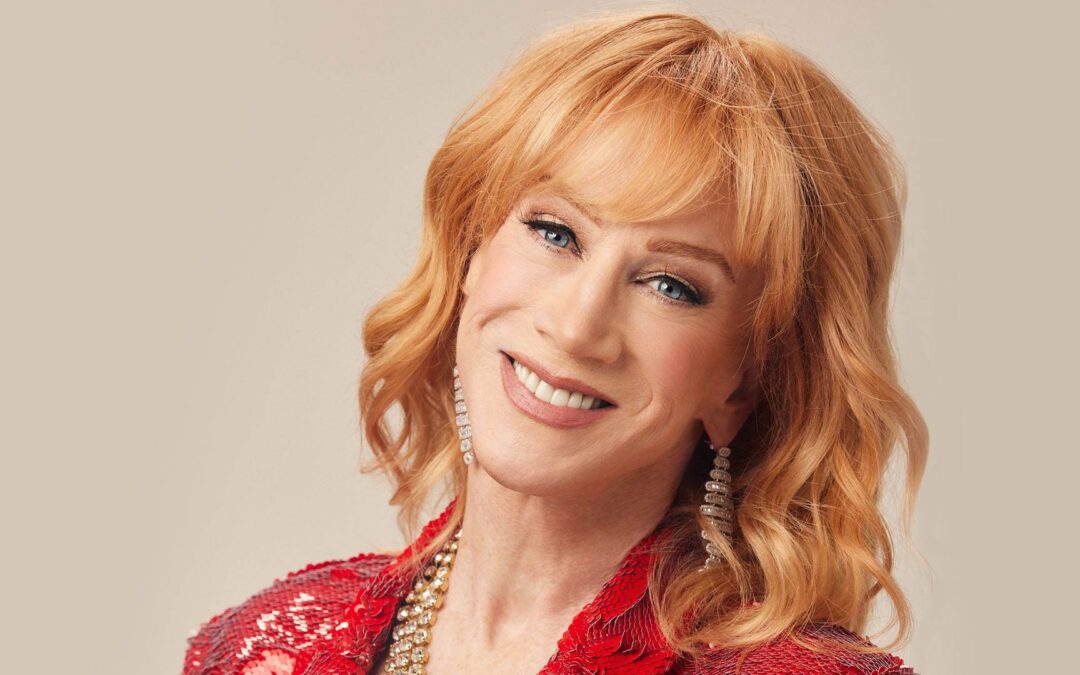
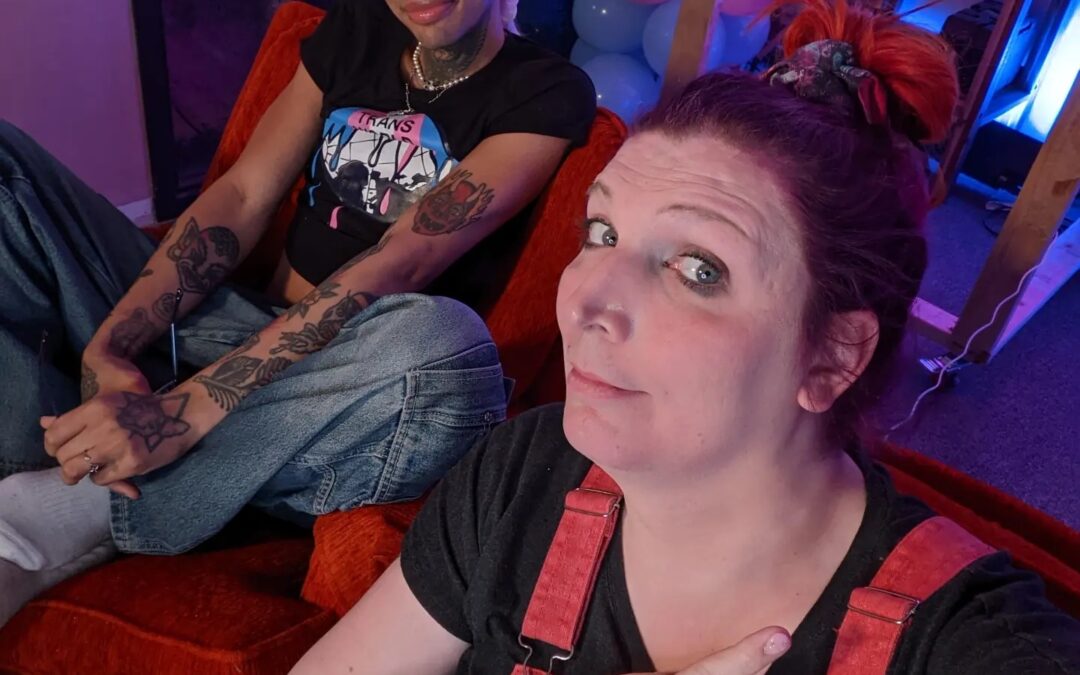
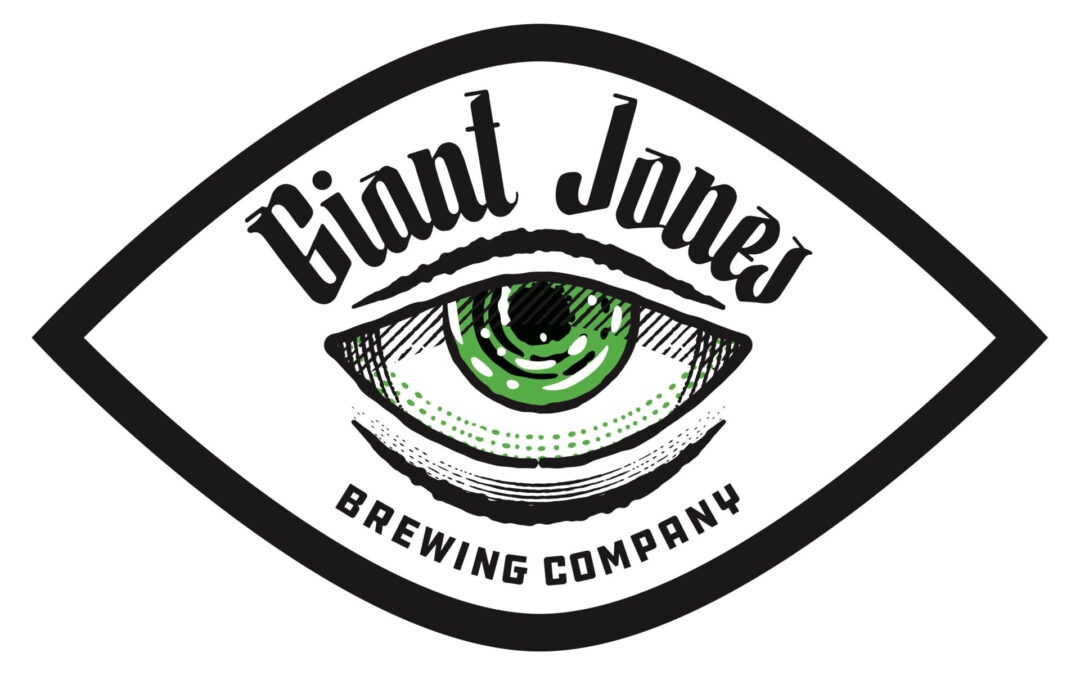
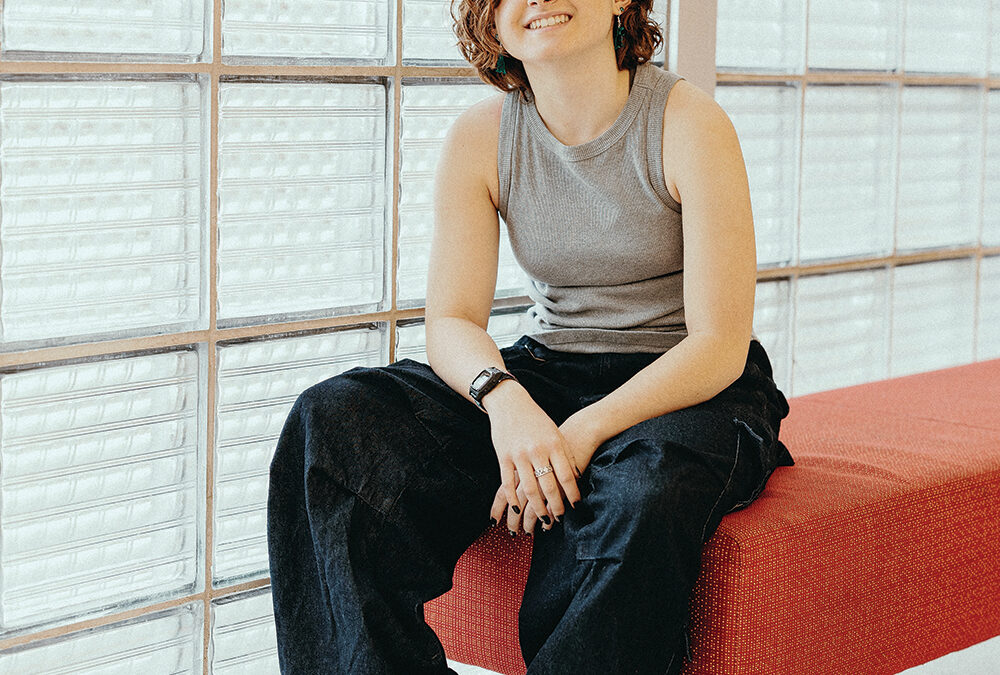
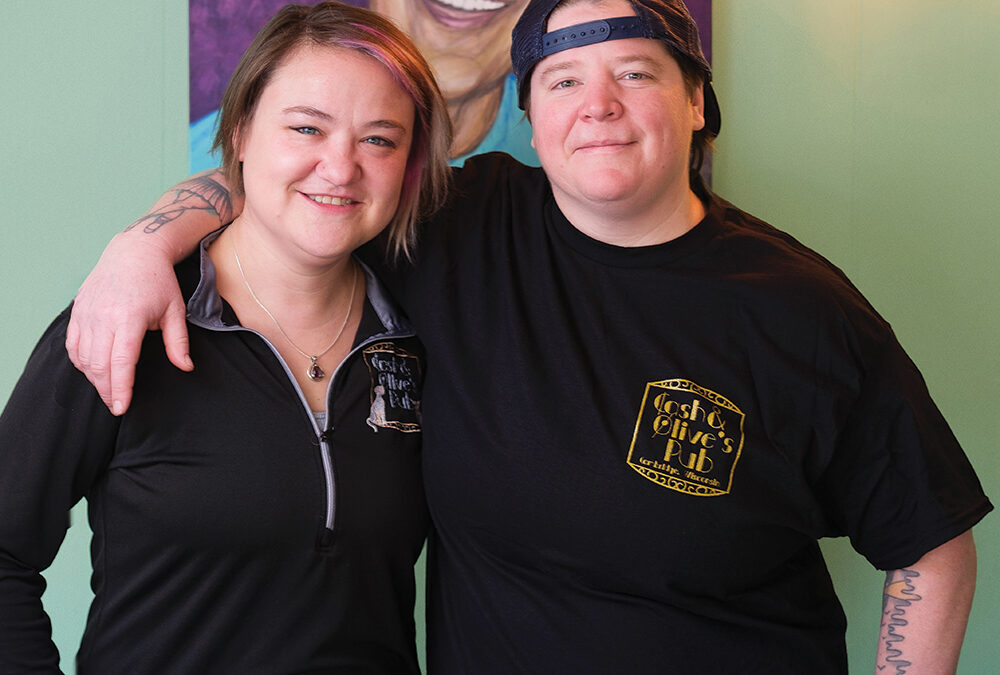

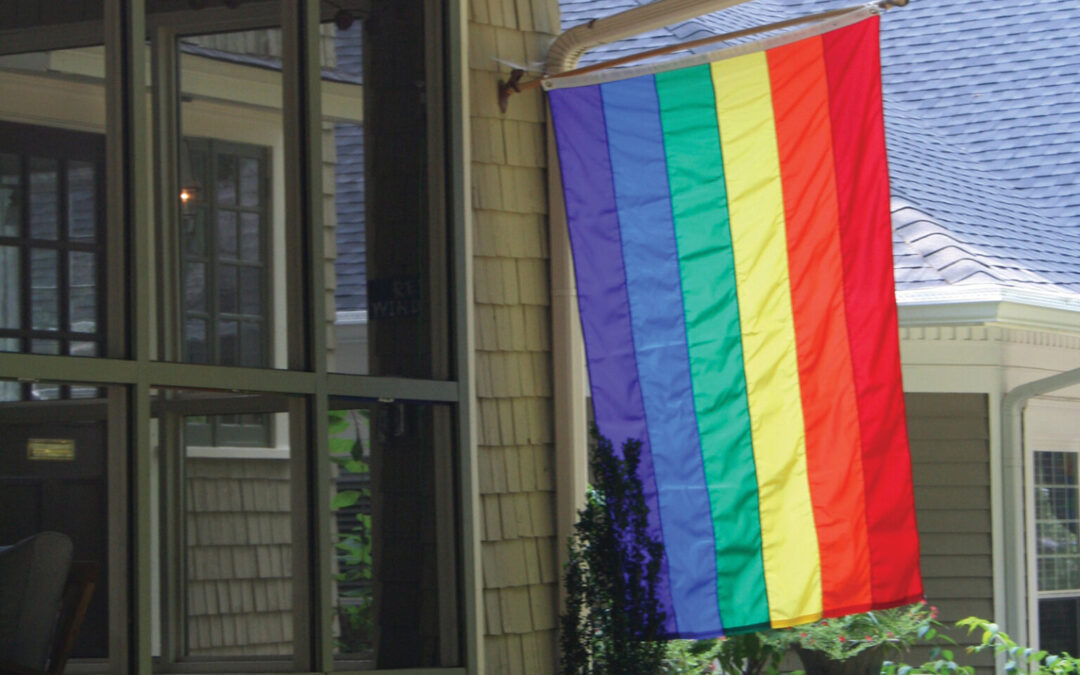
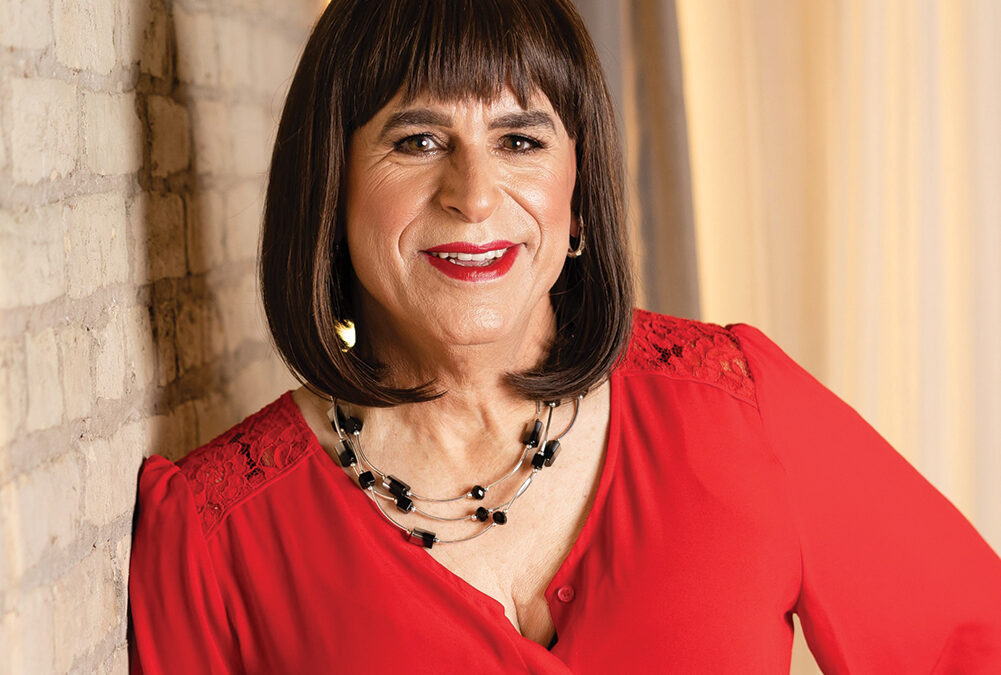
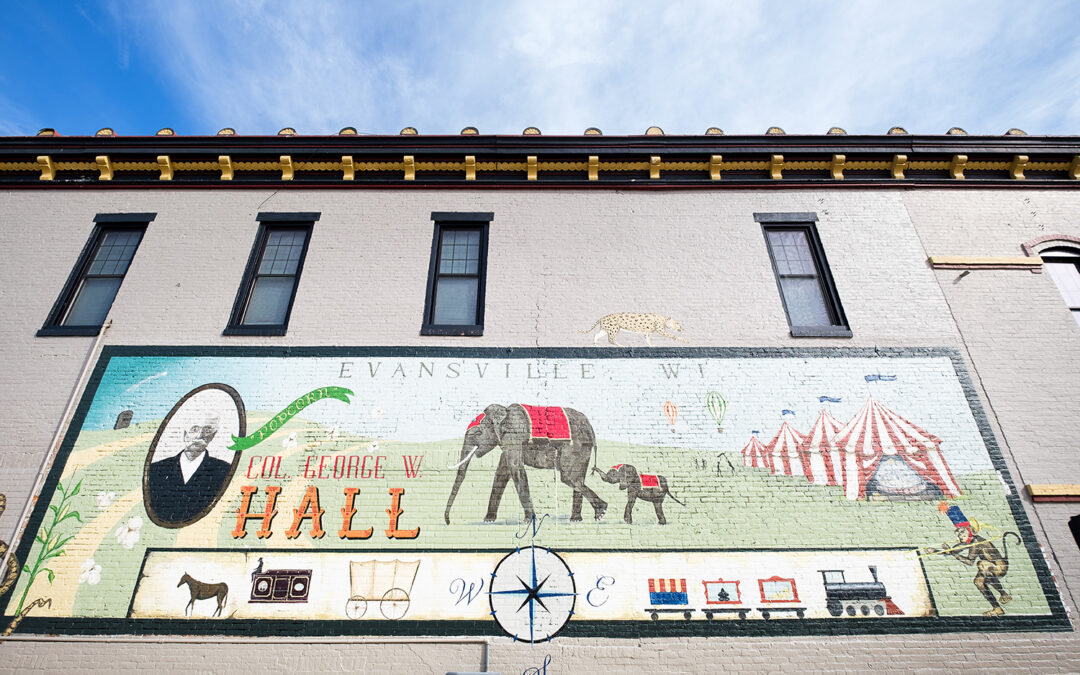





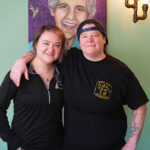




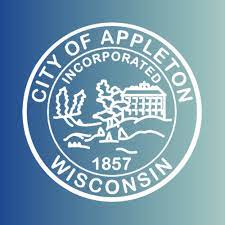
0 Comments